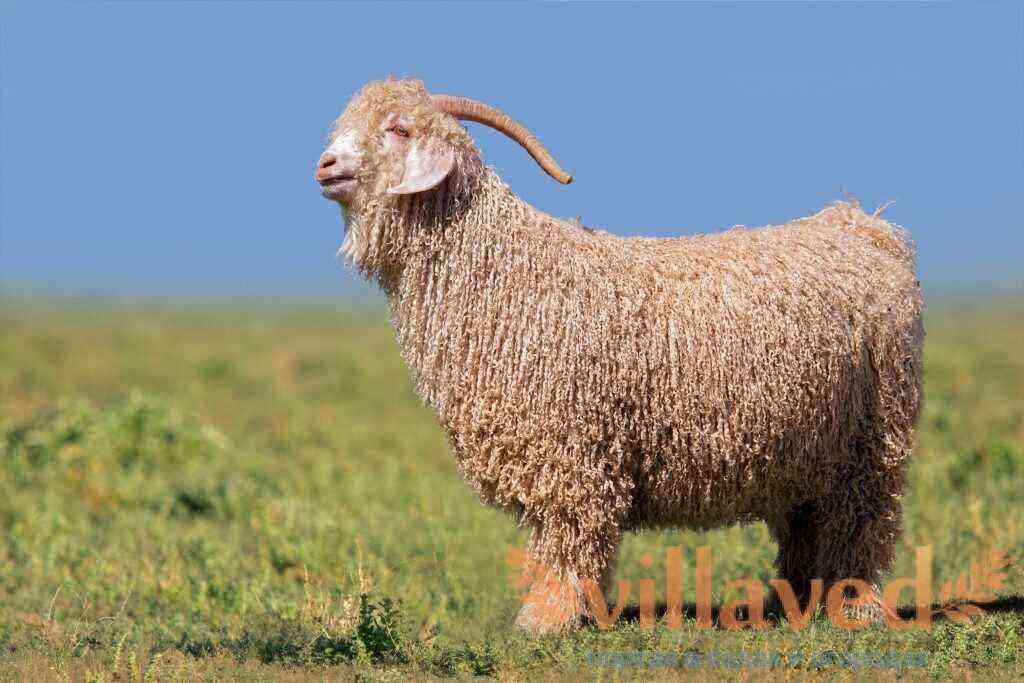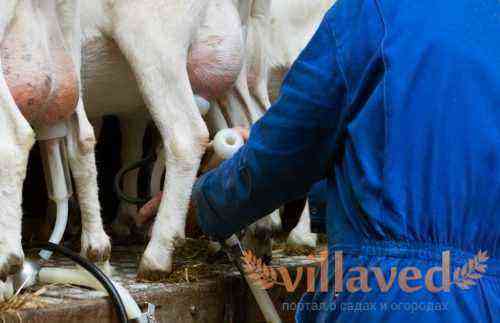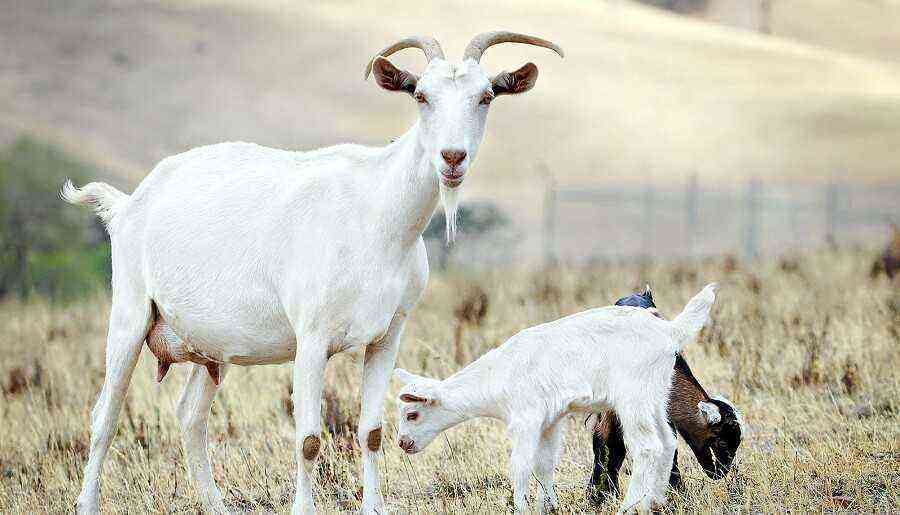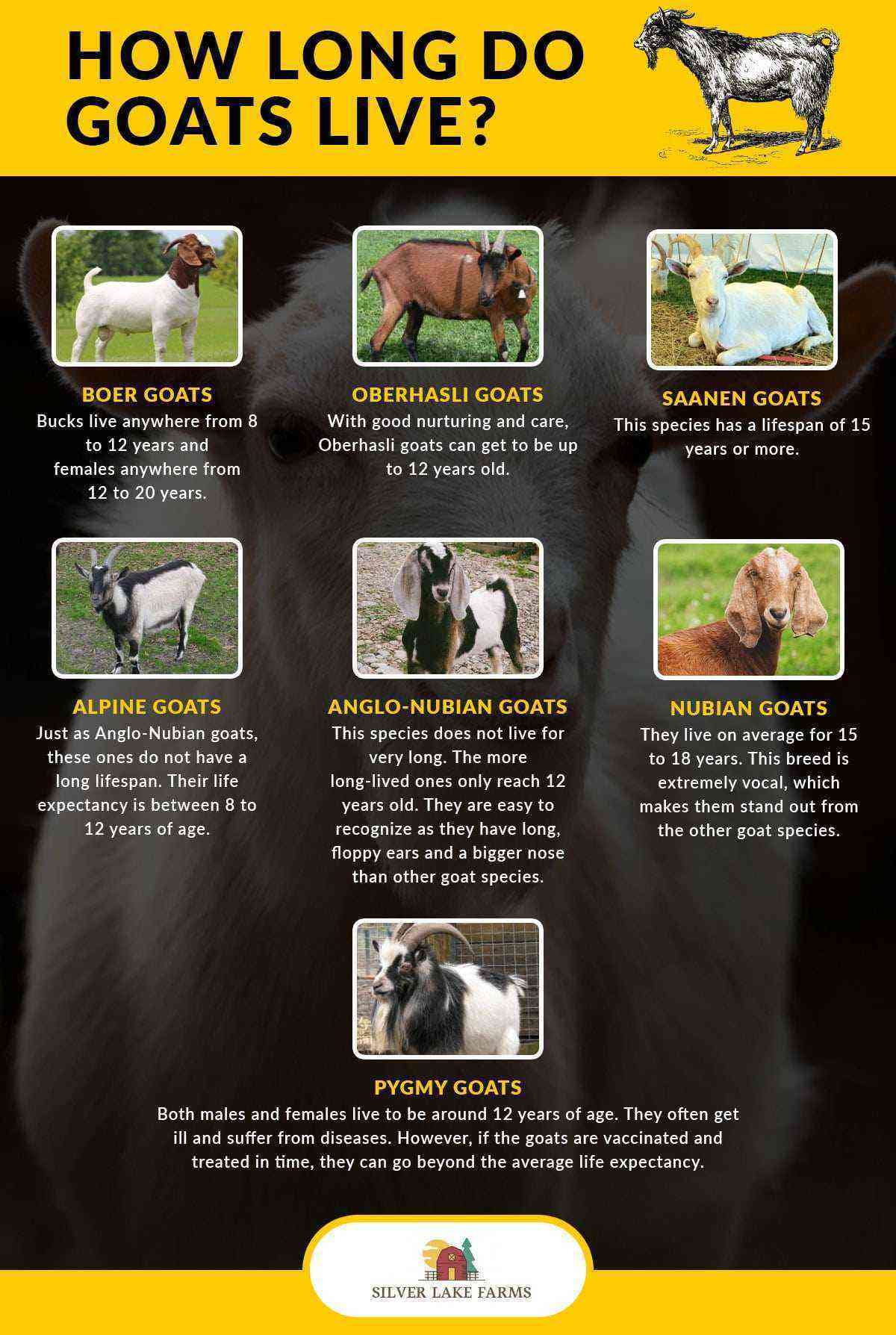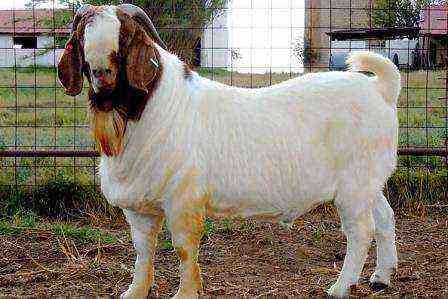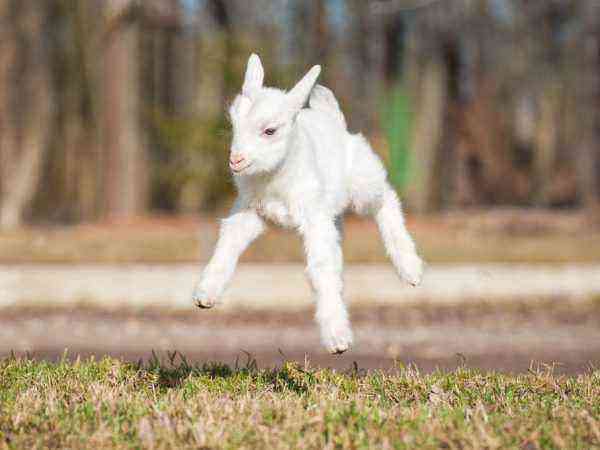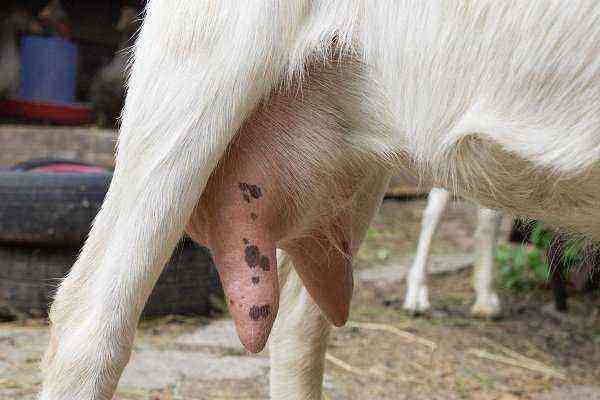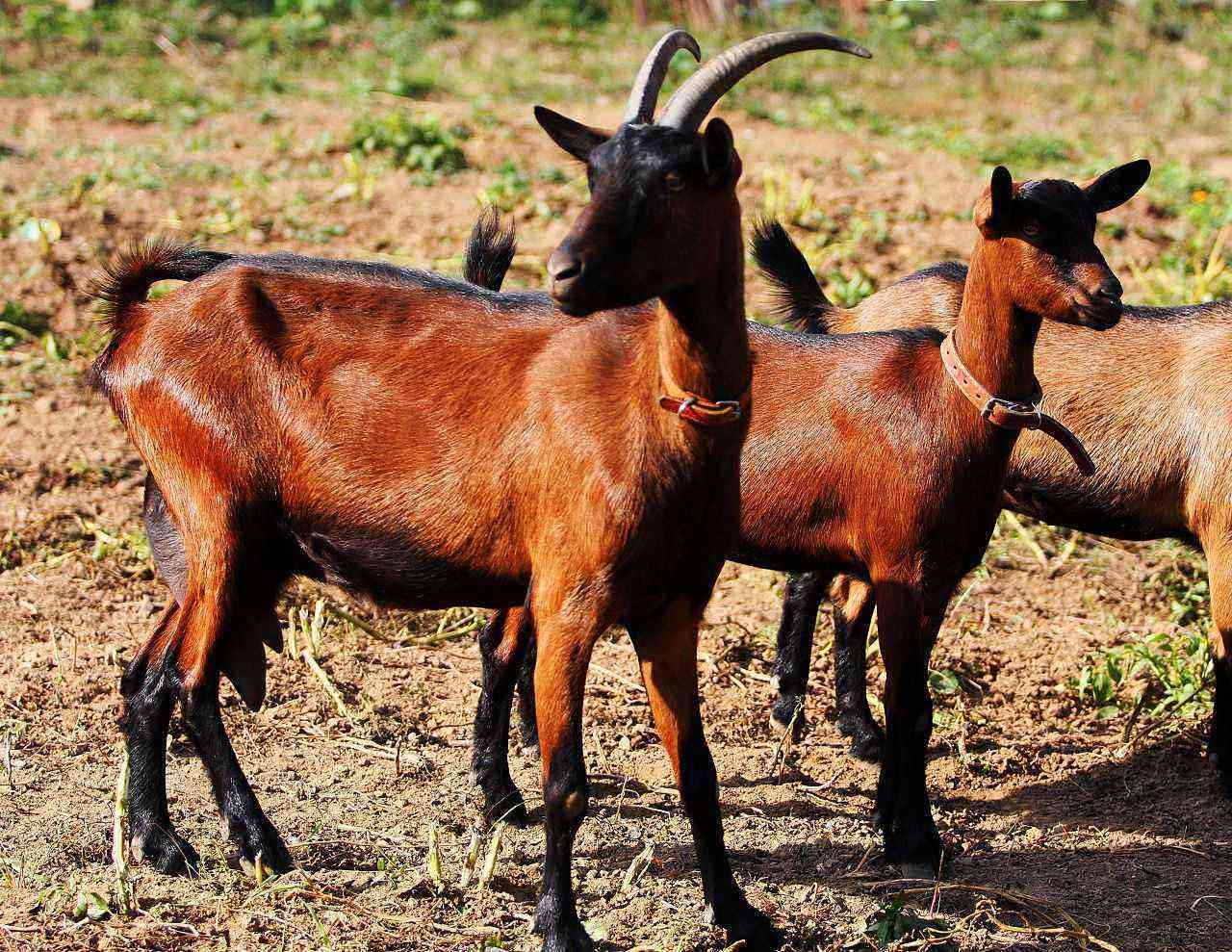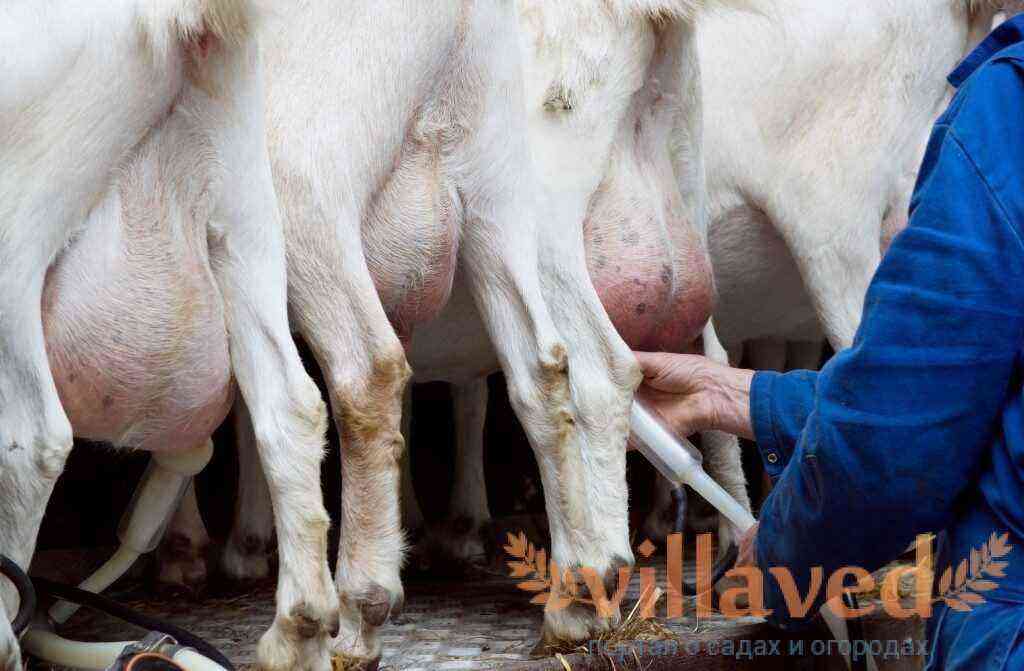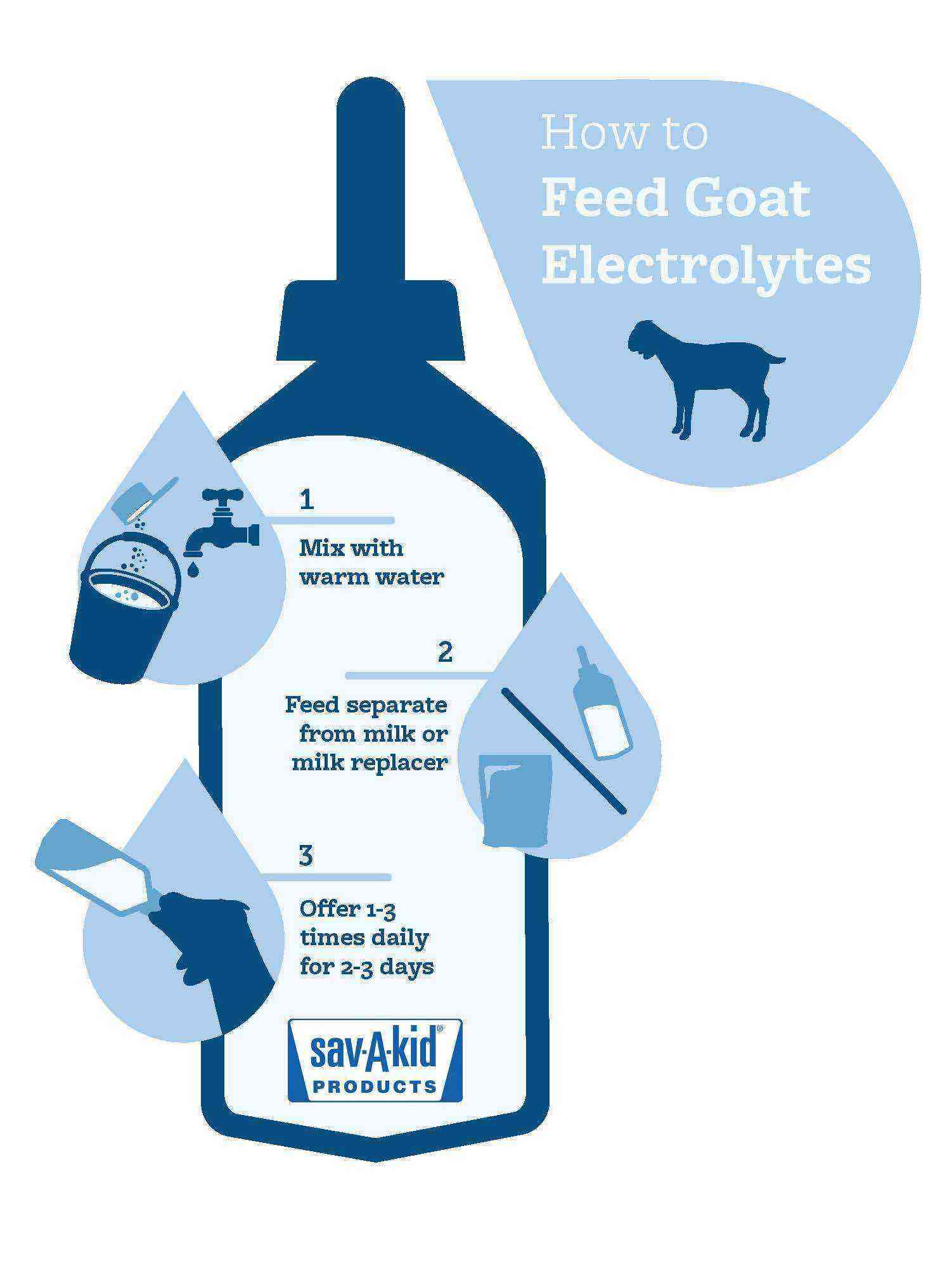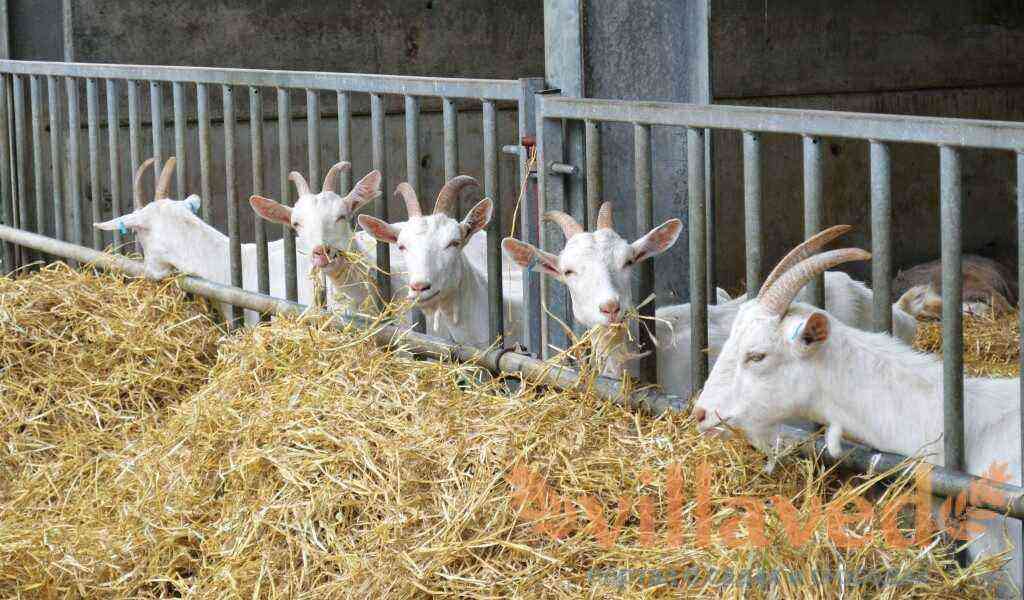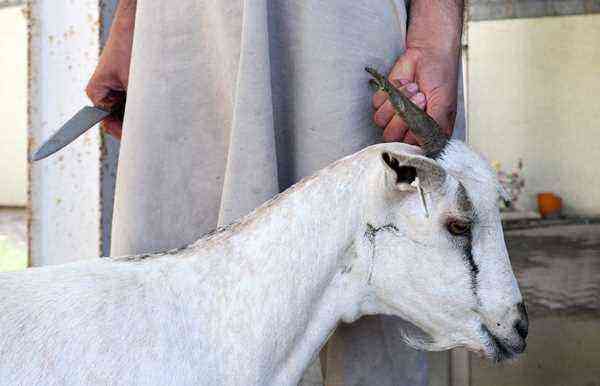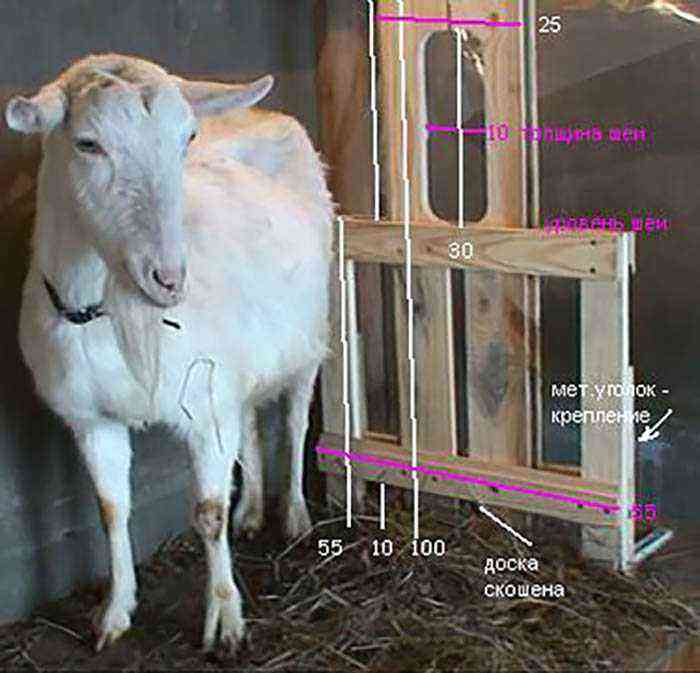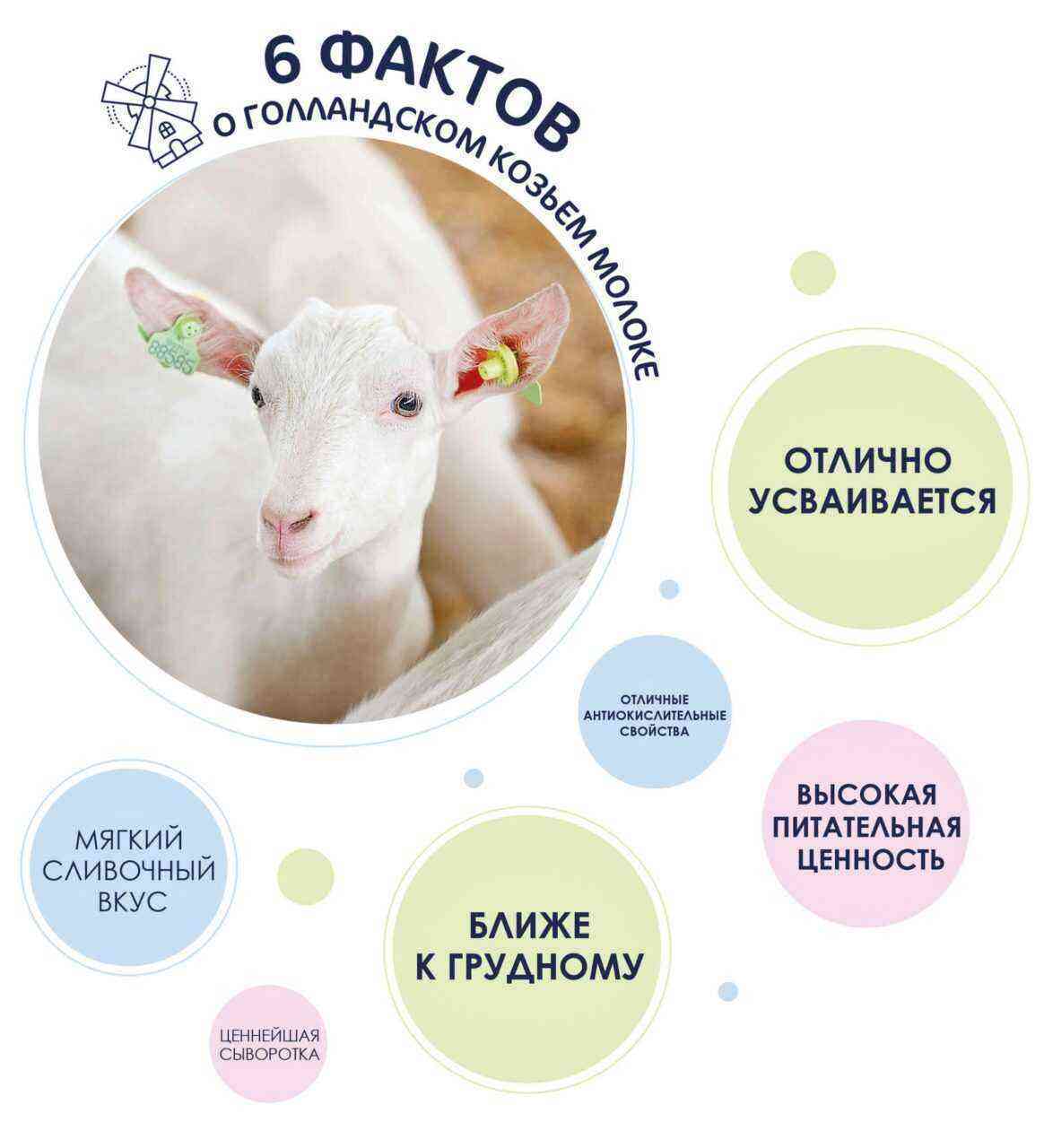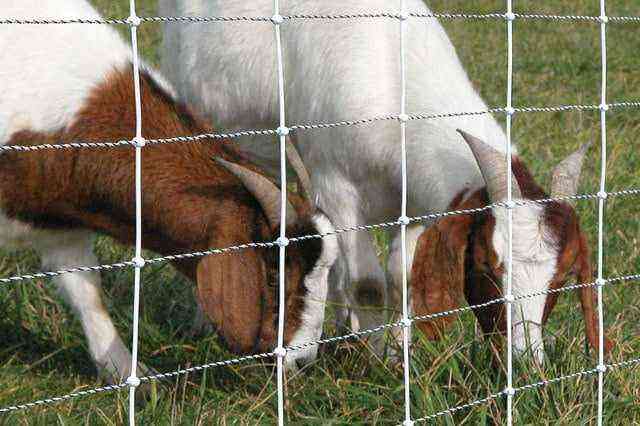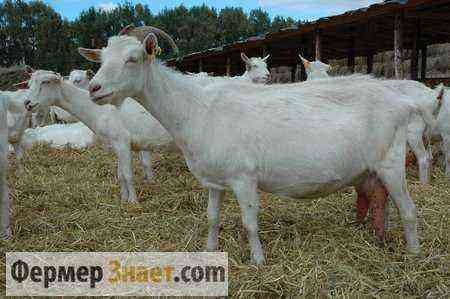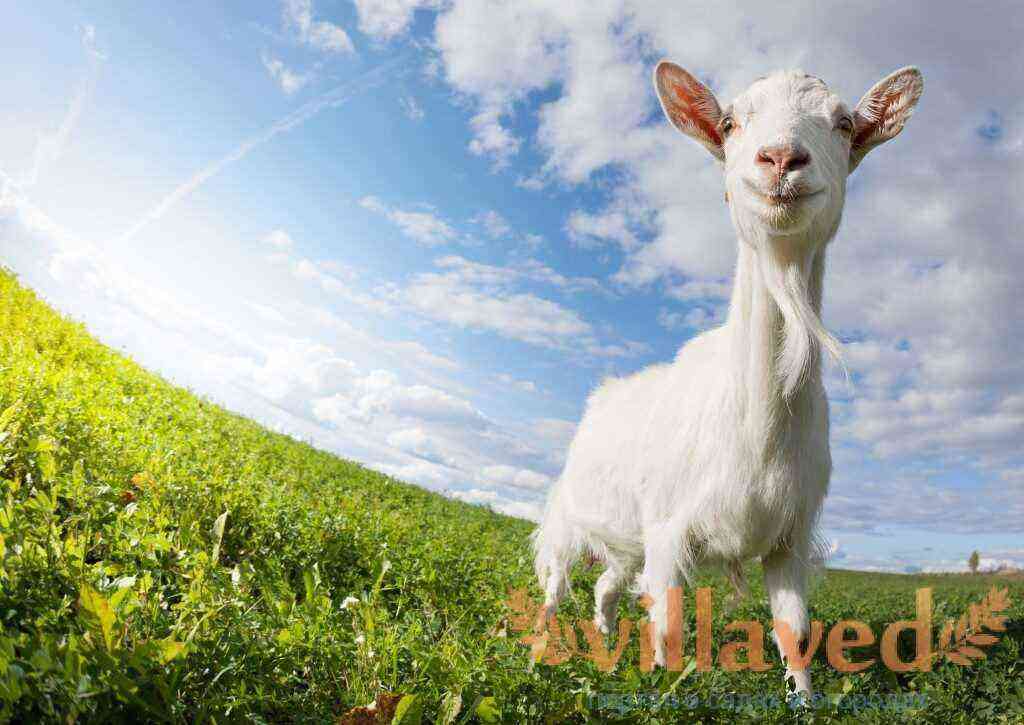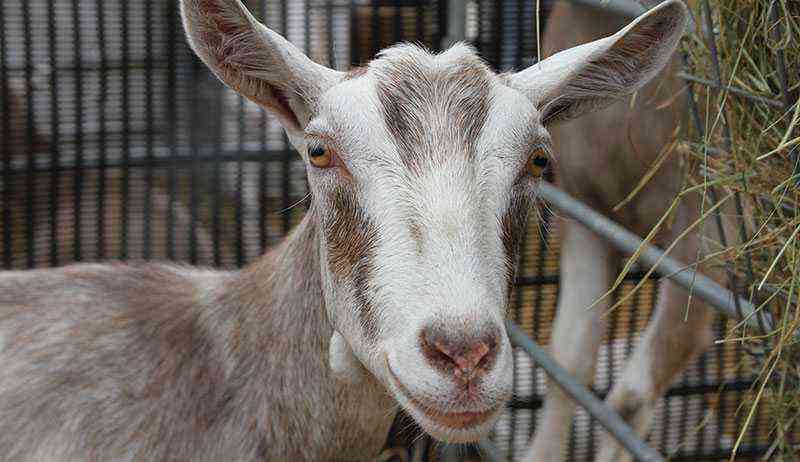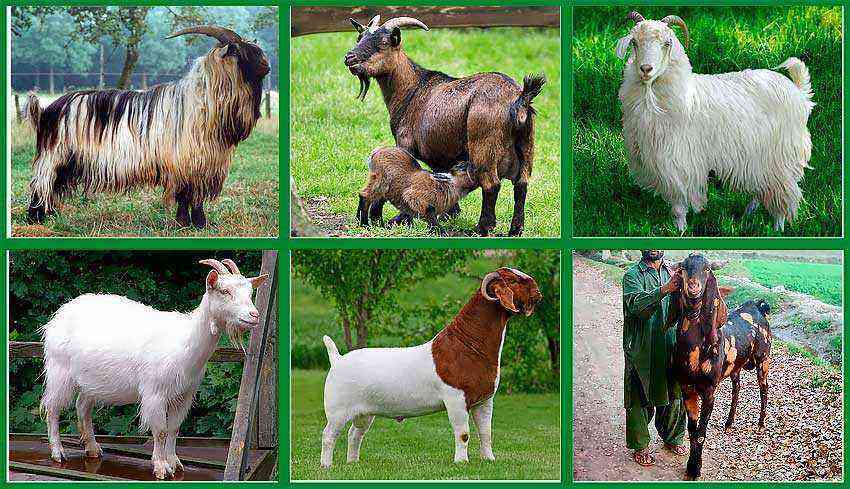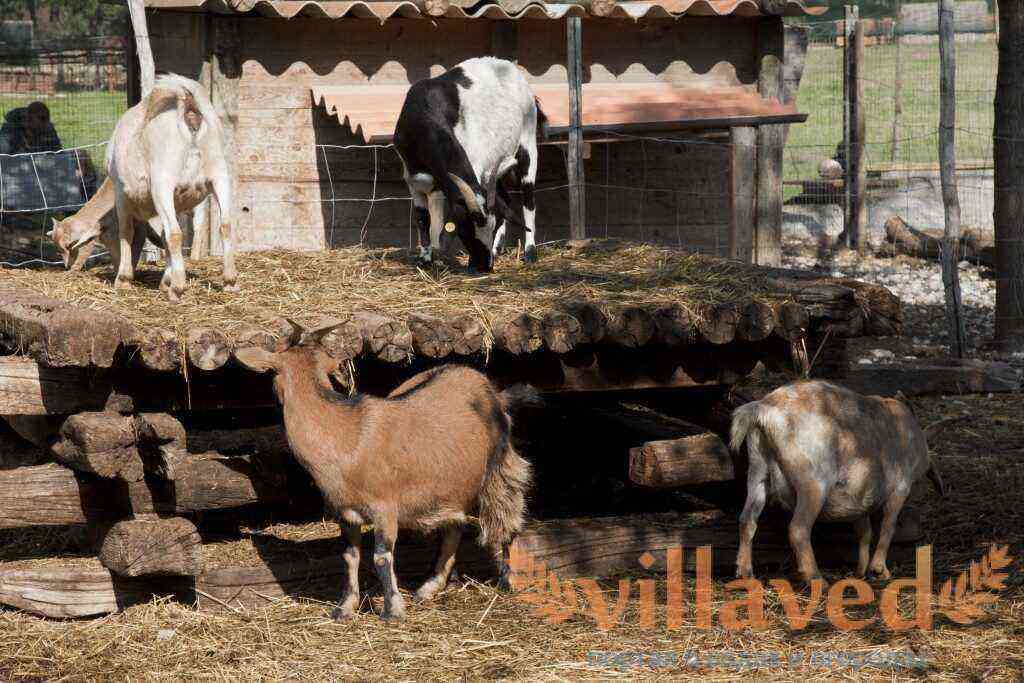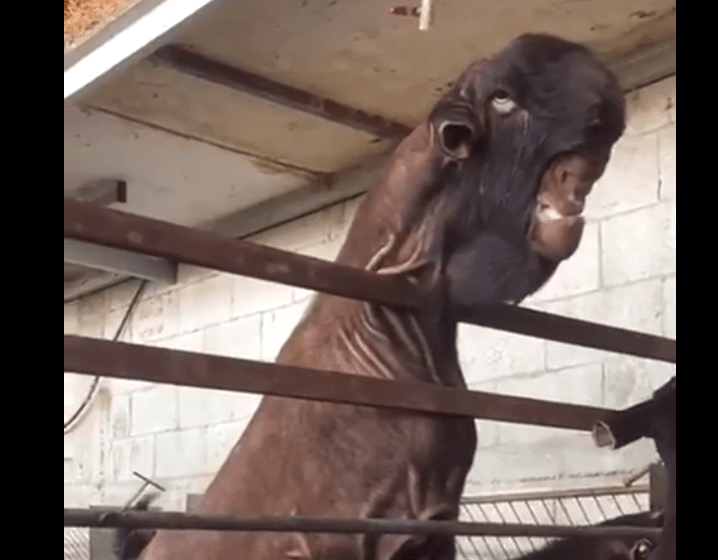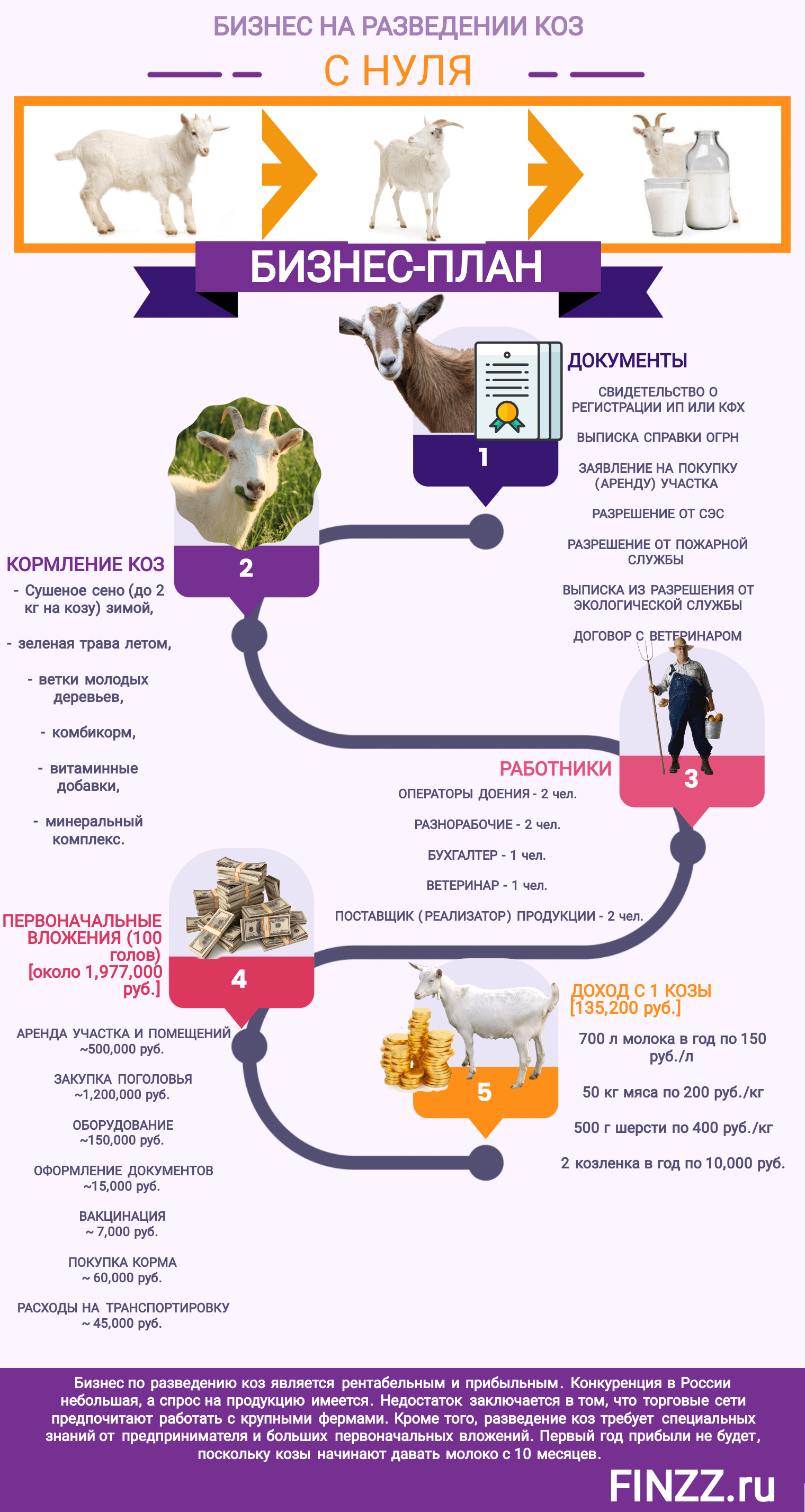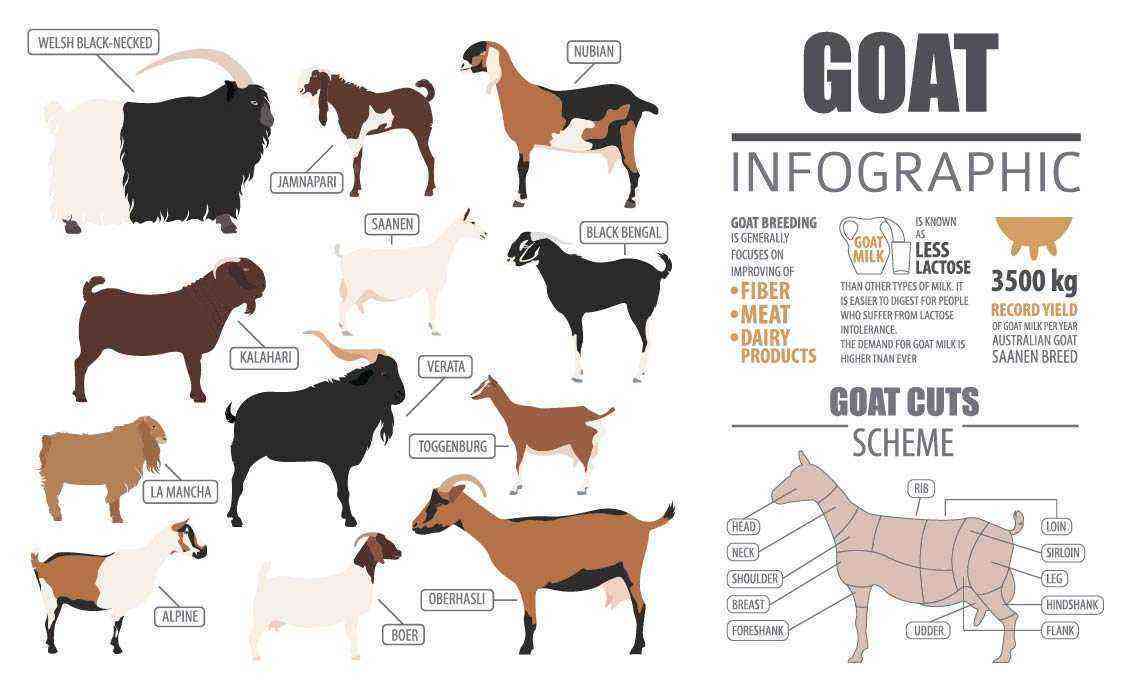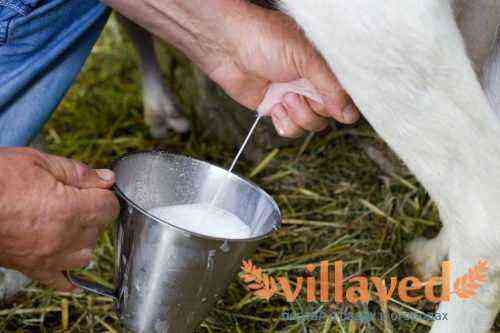A goat, like any domestic animal, requires constant care; it is not enough to feed and walk a goat on time. In the wild, the goat is a mountain animal, its horny hoof tissue is quickly renewed and worn down on stones and sharp mountain ledges. In the wild, in soft grassy pastures, and in a stall with wooden floors, natural grinding is almost impossible to achieve. Therefore, any goat breeder should know how to cut the hooves of a goat.
farmer-online.com
Goat’s hooves
The content of the article:
Preparation of tools
Before you start trimming your goat’s hooves, prepare a set of tools.
- Scissors
- hoof knife
- Secateurs
- Shears for metal
- Copper sulfate
- Hook with brush
It is not necessary to have the entire list of tools in your arsenal, it is enough to dwell on a few. Before cutting the hooves, make sure that the tool is sharp and in good condition, otherwise, a goat pedicure may result in injury.
Correct trimming time
How often should goats’ hooves be trimmed? Experts recommend trimming at least once a quarter, if you do it less often, the horny tissue of the hooves will grow greatly. The overgrown hoof tissue can bend under the hoof, giving the animal a lot of inconvenience when walking, which can later lead to diseases of the goat’s joints. In addition to joint disease, rot can develop in the hooves of a goat, if more than one goat lives in a stall, the rot can pass to other goats.
Hoof trimming in the summer can be done less frequently, as the animal often goes out to pasture and the hooves are ground down naturally. In spring, the hoof horn is softer, since the animal was in a stall; before pruning, it is advisable to walk the goat in the snow or wet grass. This procedure will help soften the hoof horn in a natural way. If this is your first time trimming, watch a video where experienced goat breeders show you how to trim a goat’s hooves the right way.
Animal preparation
Even the most meek and peaceful animal in the process of trimming hooves can behave unpredictably. To protect yourself and the animal from possible injuries, it is not recommended to use an ordinary kitchen knife, it is better to use well-sharpened scissors.
Before trimming the hoof horn, you need to soften it, for this, pour a small amount of warm water with copper sulfate into a bucket. It is not worth pouring a lot of water, it is enough that the level of the vitriol solution reaches the height of the hoof. A weak solution of copper sulfate will work as a disinfectant.
The procedure is best done together, you can fix the goat either standing (usually special machines are used to fix the animal in this position) or lay the animal on its side, pressing its head tightly into the ground.
Hoof trimming
After the hooves are soaked, the animal is firmly fixed, you can proceed to the procedure. Even the most disciplined animal experiences stress during this procedure, which in turn can negatively affect the goat’s milk yield. To minimize the stress of the animal during the trimming procedure, talk to the goat, gently stroke it. It will not be superfluous to prepare a small delicacy for the ward in the form of crackers.
The first stage is cleaning With a special hoof hook (it can be with a small metal brush or without it), the hoof pockets are cleaned from dirt and manure. You can use a hook to clean the hooves of horses.
Step two – pruning
Trimming of the horny nail starts from the heel, gradually moving to the side where the nail tapers. It is not necessary to grab a large stratum corneum at once, it is better to do it gradually, this will help to avoid injury to the animal. The heels of the goat are cut at the same level as the toes, make sure that the cut is even, without burrs and bumps. Only the correct trimming of the keratinized protruding part helps the animal to stand on its leg correctly.
Pruning should be done to a pinkish level, in the deeper layer of the goat’s fingers there are blood vessels. When this layer is touched, blood is released. If, when pruning, a goat bleeds from a finger, be sure to treat the damaged area with an antiseptic.
The third stage is disinfection
When the procedure for trimming all four limbs is over, you can proceed to the final stage of disinfection. Several drugs are suitable for this stage:
- Kubatol spray, this remedy will help to avoid foot rot and infections.
- A solution of copper sulfate, a more budgetary and common way to disinfect pets.
